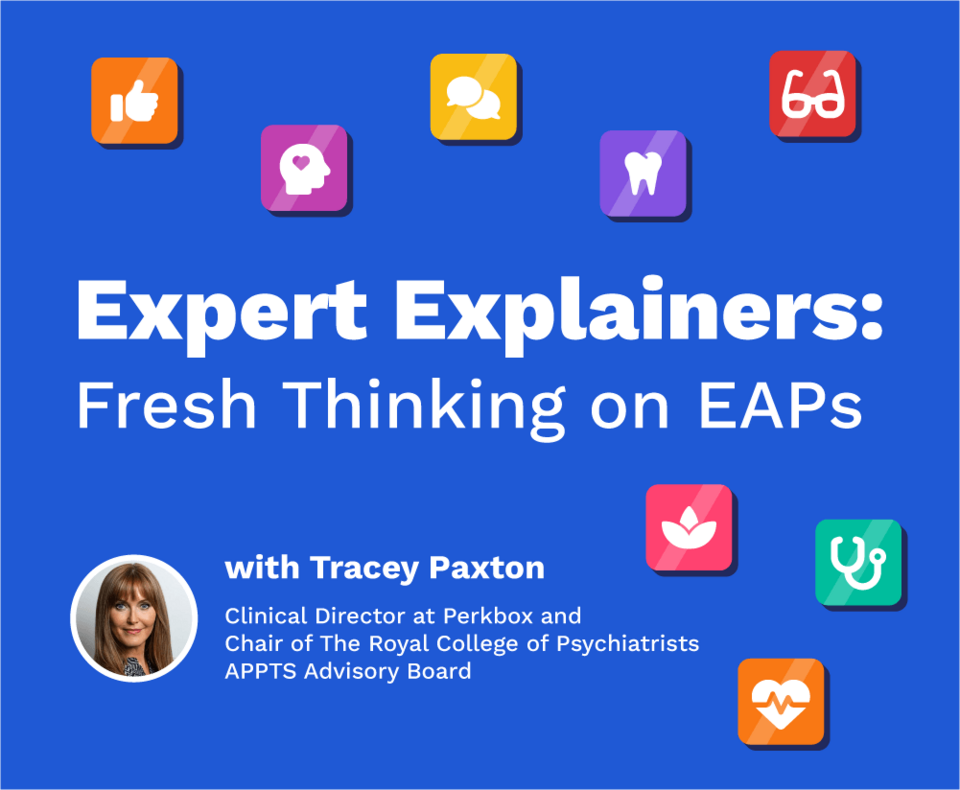Not just a crisis line: What every HR leader should know about EAPs
About Tracey Paxton
Tracey is Perkbox Vivup’s Clinical Director and the Chair of The Royal College of Psychiatrists APPTS Advisory Board. She has 30 years’ experience as a practising clinician in the NHS.
Let’s be honest — when many people hear “EAP”, they picture a crisis phone line. A number someone might call when things have hit rock bottom. But that’s only a small part of what an Employee Assistance Programme (EAP) actually offers. In truth, a good EAP can do far more — and when it’s properly understood and used, it becomes a valuable day-to-day tool for supporting both individuals and the wider workplace.



Share